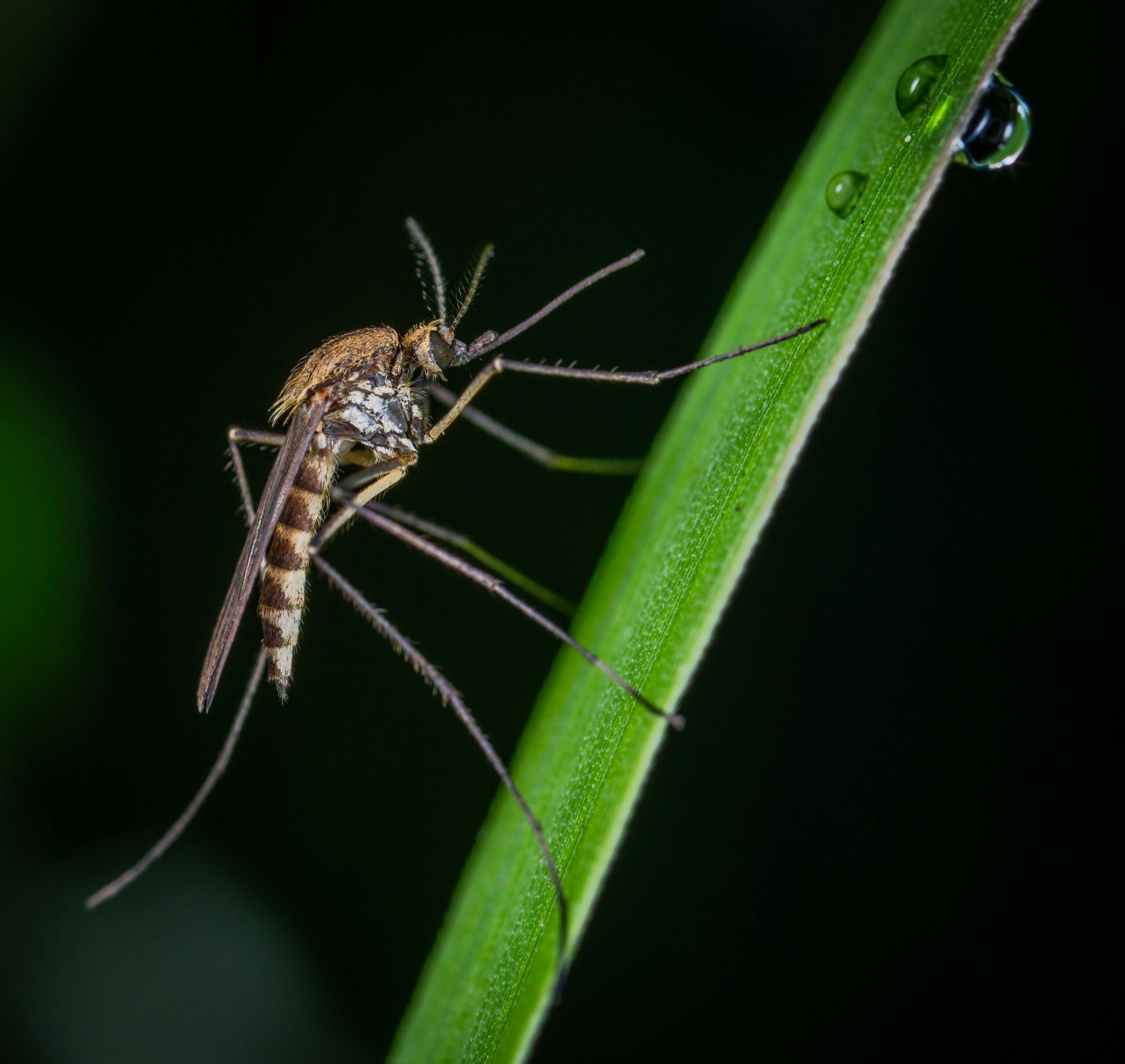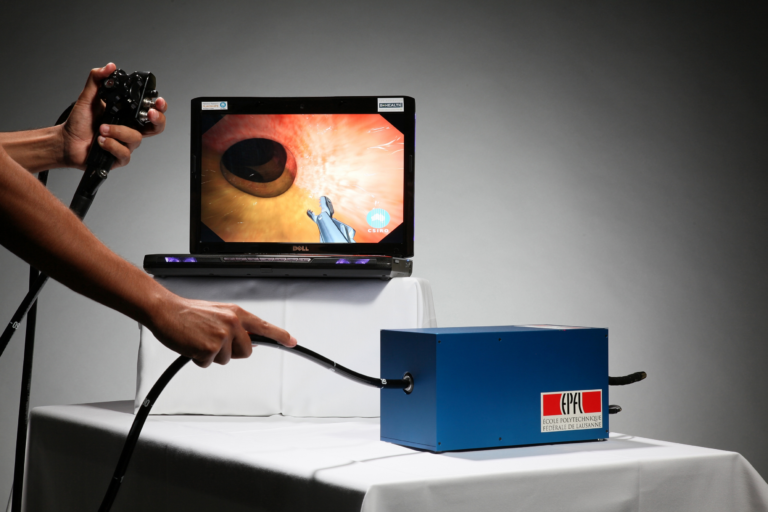The Great Mosquito Resurgence: How Climate Change Is Expanding Disease Risks in the U.S.
Most of us think of mosquitoes as an inevitable nuisance during summer—just a few itchy bites and some bug spray. But according to new research and field reporting, the U.S. is entering a new era where mosquitoes and other disease-carrying insects are becoming a major public health threat. Climate change, urban expansion, and global travel are reshaping their reach, giving vector-borne diseases a wider stage than ever before.
Climate Change and Expanding Habitats
Warming temperatures and shifting rainfall patterns have created perfect breeding grounds for mosquitoes across the country. Once considered “tropical diseases,” threats like dengue, chikungunya, and even malaria are showing signs of resurgence in the U.S. West Nile virus is already entrenched, and new risks like the Oropouche virus—previously confined to the Amazon—are being detected in travelers returning from South America.
This trend means that diseases that once seemed remote are now arriving in American backyards. Texas, Florida, and other southern states have become hotspots for monitoring mosquito activity, but experts warn that outbreaks could spread far beyond traditional “warm zones” as summers grow hotter in northern regions.
Fragile Public Health Systems
One of the alarming points highlighted by public health experts is how unprepared the U.S. remains to tackle these emerging threats. Texas operates one of the most advanced mosquito surveillance systems in the country, yet even there, researchers admit how fragile the response system is. With underfunded local health departments and limited staff, small outbreaks could quickly spiral if left unchecked.
The pandemic already tested the country’s public health capacity, revealing weaknesses in coordination, funding, and communication. Adding new layers of mosquito-borne illnesses will only compound these issues unless proactive steps are taken.
Beyond Science: A Community Issue
Vector-borne diseases are not only medical or scientific issues—they affect daily life and community safety. Rising cases of West Nile or malaria would reshape how people spend summers, how neighborhoods invest in prevention (from spraying to education), and even how local economies tied to outdoor recreation operate. In other words, this is not just a “climate story” or a “science story.” It’s a lifestyle and cultural issue too.
What Communities Can Do
While global climate change is a large driver of the mosquito resurgence, local actions can make a difference:
- Awareness campaigns. Public education about eliminating standing water, using repellents, and recognizing early symptoms can reduce cases.
- Investing in infrastructure. Better drainage, modernized mosquito control systems, and research funding are essential to prevention.
- Technology in surveillance. Texas’s system demonstrates that smart monitoring and data collection can provide early warnings and save lives.
- Health equity. Vulnerable populations—those without access to air conditioning, health care, or repellents—are often hardest hit. Addressing disparities will be crucial in keeping outbreaks under control.
The great mosquito resurgence shows how climate change is rewriting the map of disease in America. What was once thought of as a “tropical” problem is becoming a nationwide concern. The challenge is two-fold: adapting communities to be more resilient while also pushing for broader systemic changes to slow the climate trends fueling these shifts.
If we ignore the risks, we risk repeating history, where preventable diseases spread unchecked. But if we act with urgency—investing in health systems, educating communities, and taking climate resilience seriously—we can limit the damage. This story is not just about bugs. It’s about the future of public health and how we adapt to a world in flux.







